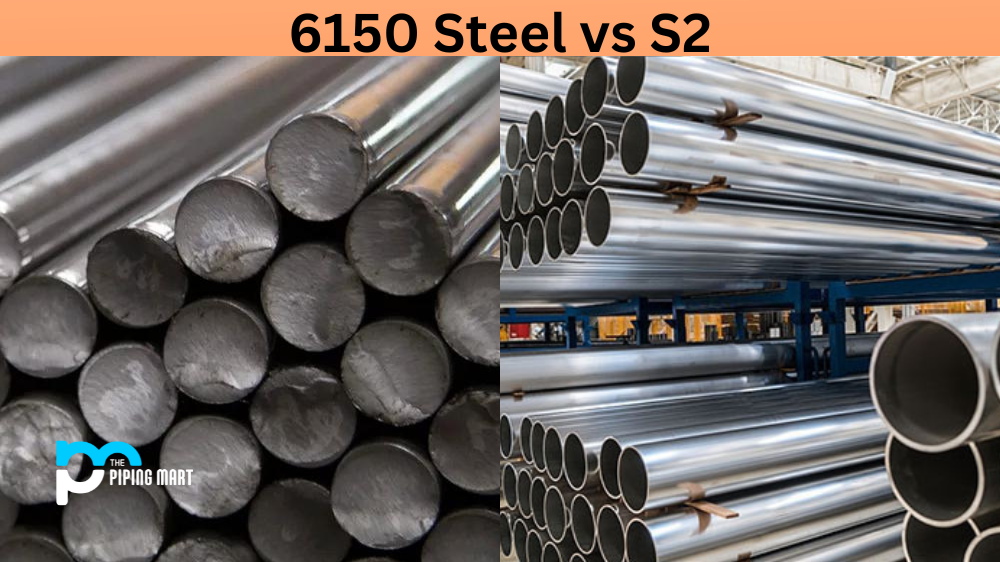If you’re in the market for a new nozzle for your cutting or welding application, you may have encountered vanadium and tungsten nozzles. Both options have unique properties and benefits that make them suitable for different applications. In this blog, we’ll take a closer look at the differences between vanadium and tungsten nozzles so you can make an informed decision for your needs.
Differences Between Vanadium and Tungsten Nozzles
Composition and Strength
Vanadium and tungsten nozzles differ in composition, affecting their strength and durability. Vanadium nozzles comprise a vanadium and chromium alloy, which gives them excellent corrosion and heat resistance properties. Their high melting point of around 2000 degrees Celsius makes them ideal for high-temperature applications. On the other hand, tungsten nozzles are made up of pure tungsten, one of the strongest and most durable metals. Tungsten has a melting point of around 3422 degrees Celsius, making it ideal for extremely high-temperature applications.
Conductivity and Heat Dissipation
Another crucial factor that sets vanadium and tungsten nozzles apart is their ability to conduct and dissipate heat. Vanadium nozzles have high thermal conductivity, which makes them ideal for applications that require a lot of heat. They also dissipate heat quickly, reducing the chances of overheating the nozzle. On the other hand, tungsten has poor thermal conductivity. Still, it is excellent at heat dissipation, making it ideal for applications that don’t require a lot of heat but generate a lot of heat in a small area.
Cost and Availability
Vanadium and tungsten nozzles differ significantly in their cost and availability. Vanadium is a relatively rare metal, and its alloy with chromium is even scarcer. Therefore, vanadium nozzles are more expensive and harder to find than tungsten nozzles. Conversely, tungsten is widely available and affordable, making tungsten nozzles a popular choice for many applications.
Application and Suitability
The application and suitability of vanadium and tungsten nozzles depend on your needs and requirements. Vanadium nozzles are ideal for applications that require high temperatures and excellent corrosion resistance, such as cutting or welding stainless steel and other high-alloy materials. Tungsten nozzles, on the other hand, are suitable for applications that require high durability and heat resistance, such as welding or cutting aluminium, magnesium, and titanium.
Maintenance and Care
Proper maintenance and care can significantly extend the life of your vanadium or tungsten nozzle. Vanadium nozzles require little maintenance and can last long with proper care. On the other hand, tungsten nozzles are prone to wear and tear over time and require more frequent maintenance to keep them in top condition.
Conclusion
Choosing the right nozzle for your cutting or welding application can significantly affect the quality and efficiency of your work. Vanadium and tungsten nozzles have unique properties, benefits, and limitations, making them suitable for different applications. We hope this blog has helped you understand the differences between vanadium and tungsten nozzles so you can make an informed decision that meets your needs and requirements.

Meet Bhavesh, a seasoned blogger with a wealth of knowledge and experience. From metal products manufacturing to retail, Bhavesh has a diverse background in various industries and is dedicated to sharing his insights and expertise with readers.




